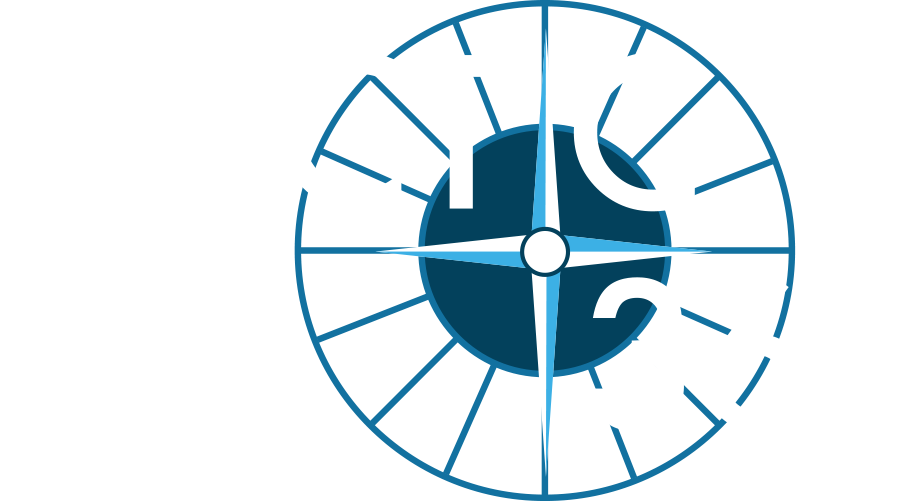The Emerging Economy of the North American Arctic: Infrastructure Investment Analysis

TOWARDS A LONG-TERM ARCTIC INVESTMENT STRATEGY
As global alignments are being reshaped and Canada’s North shifts from a frozen periphery into a centrepiece of global interest, Canada’s North is increasingly a source of immense strategic and economic opportunity. To realise those opportunities a long-term strategy is necessary which must include active mechanisms to attract Canadian and global capital as well as demonstrate the Federal Government’s long-term commitment. Long Term Investors (LTI) for developing the Arctic will be critical and as Guggenheim argues, in order to ‘ensure the long-term license to operate for these private and public investments, national and regional development plans with strong social license are needed’.[1] While the Canadian Federal Government’s past and forthcoming Arctic Strategies all lay out the Federal Government’s recognition of and commitment to its North, the intentions of those Strategies are not to provide a comprehensive investment strategy that includes feasibility studies, priorities for development, economic climate models, risk analyses, models for public private partnerships, etc., not mention a roadmap with the measures the Government will take in response.
In line with this, Arctic360 is working towards carrying out a Canadian-focused comprehensive Infrastructure Investment Analysis for the emerging economy of the North American Arctic. Work with our Northern Indigenous and Northern government, federal, financial sector, and academic partners (and those further brought in for the purpose of this project) will accomplish the following two specific goals: 1) It will provide a regional vision and road map towards financing to help attract necessary private capital to the Canadian North and 2) It will also focus on building new models of public-private partnerships that include Indigenous equity and that are specific to the North.
An infrastructure Investment Analysis for the emerging market of the North American Arctic could become something akin to the ‘Northern Australia Agenda’. The Northern Australia Agenda is a ‘long-term agenda of investment and support… [to unlock] the region’s full economic potential as a gateway to global markets, a source of rich resources and a home to pristine environments.’[2] Central to its aim is to ensure ‘the north is an even more attractive place to live and do business.’[3] Its six pillars include: a trade and investment gateway, a more diversified northern economy, Indigenous entrepreneurship and businesses, world-class infrastructure, water infrastructure investment, and research and innovation.[4]
The Analysis will help create a long-term vision for the Canadian North, help outline the financial potential that the Canadian North could contribute to Canada’s domestic economy, and its strategic role in the Arctic at the global level.
“[T]he manner in which components of a northern corridor would be financed would depend on the type of infrastructure…pipelines and railways would generate revenue streams that would make them profitable, but that roads – which may generate revenue only if tolls are in place – are more like public goods; public goods typically require government financing…in certain cases, public-private partnerships are a potential approach, [but more] research is needed regarding this and other financing-related issues.
Advisory Committee:
Ø Darrell Beaulieu, CEO, Denendeh Investments Incorporated
Ø Brendan Bell, former CEO Dominion Diamonds
Ø Nauja Bianco, Senior Adviser on Arctic and North Atlantic Affairs, Voluntas Advisory
Ø Clint Davis, Partner & Managing Director, North35 Capital Partners
Ø Tom Hoefer, Executive Director, NWT & Nunavut Chamber of Mines
Ø Robin Goad, CEO, Fortune Minerals
Ø Inuuteq Holm Olsen, Minister Plenipotentiary at the Greenland, Representation at the Danish Embassy in Washington, DC
Ø Scott Northey, COO, Nunavut Resource Corporation
Ø David Ramsay, Former Minister, Dept of Industry, Tourism and Investment, GNWT; Board of Directors, Fortune Minerals
Ø Madeleine Redfern, Mayor, Iqaluit
Ø David Sharpe, CEO, Bridging Finance
Ø Hugh Short, CEO, Pt. Capital, Alaska
[1] http://arctic.blogs.panda.org/the-circle/development-in-the-arctic/
[2] https://www.industry.gov.au/strategies-for-the-future/northern-australia-agenda
[3] Ibid.
[4] Ibid.

